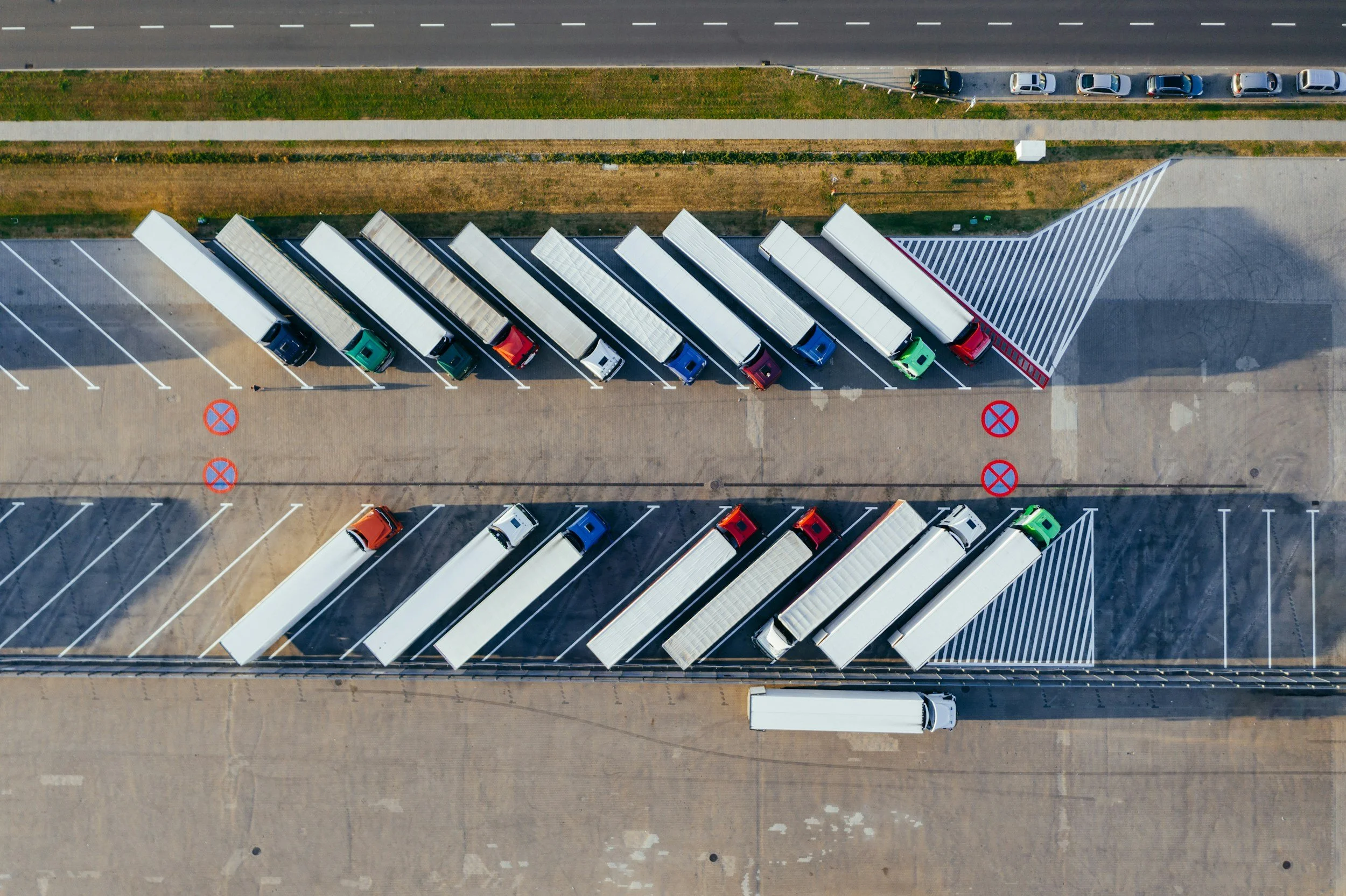Out on the Road: 4 Distinct Shipping Models You Should Know
I’ve spoken to over 25 shippers in the past 14 months - Although they all seem similar on the surface, there are distinct differences you should be aware of before making a partnership.
1. The “OG” Shipper 🧱
Think direct relationship with UPS, FedEx, DHL, USPS, GLS, etc.
These are shippers who own their own fleet of trucks.
Their expertise is the logistics of shipping packages nationwide as quickly and cheaply as possible.
You can find a sales rep inside these companies & negotiate directly with them to avoid the markup from a third party shipping company.
If your annual shipping spend is over $500k, this is a very strong option since you have leverage.
2. The “Aggregate” Shipper 🤝
This is a middleman between the “OG” shipper and you.
They pool as much volume as they possibly can with multiple brands to gain buying power and access to discounted rates.
This is a great partnership option for smaller brands to punch above their weight class.
3. The “Aggregate + Software” Shipper 💻
This is a company that has built some sort of shipping software.
Since all brands looking for shipping software need shipping, they pool their volume to access discounted rates as well.
Very similar to the “aggregate” shipper, except they sweeten the deal with valuable software.
Unless the “aggregate” shipper has superior pricing, the “aggregate + software” is typically a better option.
4. The “Aggregate + Warehouse” 🏪
This is a warehouse or team that has established a direct relationship with the actual shippers for the volume exiting their warehouse.
They are exactly like other aggregators, except they only pool volume for brands that use them for warehousing, not anyone.
Depending on how strong your warehouses rates are, this can be great option to keep your supply chain simple.
———————————————————-
If you're building a DTC brand and want a recommendation on the best last mile shipper for you — email me at keyan@ironmargin.com and I’ll send you a reply within 24 hours.




